
Brazil: Saving Golden Lion Tamarins
Join a world-class effort to save tamarins from the brink of extinction in Brazil’s most critically important forest.
Course Overview
Once facing near extinction, the golden lion tamarin has become a symbol of hope for conservation. Fewer than 200 of these striking orange primates remained in the wild by 1969 due to the massive deforestation of Brazil's Atlantic Rainforest. In a multi-faceted effort, zoos managed captive populations, ecologists studied their needs, and educators worked with local communities. This collaboration led to the successful reintroduction of tamarins to the wild and large-scale reforestation efforts. As a result, their wild population has increased nearly tenfold, and they have become a national symbol in Brazil, even appearing on a postage stamp and currency.
This course focuses on the kind of comprehensive species conservation that saved the golden lion tamarin. Partnering with the Brazilian non-profit Associação Mico-Leão Dourado (AMLD), students will explore biological issues related to species reintroductions, habitat restoration, and conservation education. There may even be an opportunity to help develop a tamarin park. The program will examine the "flagship species" approach to conservation and look at new ways to engage the public through zoos and schools in different countries.
A typical day on this EE course includes exploration and hiking in the local environment, instructor and student-led discussions of key course topics, presentations, and engagement with local community experts, and time for inquiry investigations and journal writing. Prior to and following the field experience in Brazil, students will complete coursework via Canvas, Miami University's learning management system, as they apply experiences at home.
 *** If you're interested in Brazil: Saving Golden Lion Tamarins for Summer 2026, let us know by completing this short form. Note: This is not the EE application/course request form. Visit our Apply webpage for application instructions for the GFP or to take an Earth Expeditions stand-alone course. Current Dragonfly students' summer requests should be submitted using the form sent via email.
*** If you're interested in Brazil: Saving Golden Lion Tamarins for Summer 2026, let us know by completing this short form. Note: This is not the EE application/course request form. Visit our Apply webpage for application instructions for the GFP or to take an Earth Expeditions stand-alone course. Current Dragonfly students' summer requests should be submitted using the form sent via email.
Course Details |
|
|
In-Person Travel Dates |
June 10-18, 2026 Arrive at least one day before and depart on the day after course ends. |
|
Full course dates |
April to August online |
|
Course-specific themes |
-Behavioral and spatial ecology of golden lion tamarins -Role of zoos in global conservation -Population management of rare and endangered species -Landscape ecology, agroforestry and ecological restoration |
|
Eligibility |
This course is open to first-year GFP master’s students, as well as any interested current students, or can be taken as a standalone course. An undergraduate degree is required. *Miami U. undergraduates with Graduate School permission may also apply. |
|
Physical requirements |
Hikes around partner sites; uneven and hilly terrain; cooler temperatures at night, typically warmer (not hot) days; one or more work days where the group plants trees or restoration work |
|
Lodging |
Hotel style rooming (2-4 per room) with shared bathrooms; one site has option to camp for some students |
|
Course credits |
5 master's graduate credits or 7 CEUs (continuing education credits) can be earned |
|
Course costs (Includes meals, water (extra snacks and drinks not included), lodging, activities (optional activities not included), course transportation, and park entrance fees) (For additional information, go to our Program Costs page.) |
There are two options to take this course: 1) Earn 5 graduate credits: All participants cover their own transport to Rio de Janiero, Brazil, where there are two airports (code: GIG is the main international airport and SDU in a more regional airport; either can work for this course) |

Planned Sites
Atlantic Forest
Cited as one of the top five “hottest hotspots” for conservation, Atlantic Forest is older than forests of the Amazon basin. The isolation of this ancient forest has contributed to the evolution of species found nowhere else. About half of the roughly 2,000 Atlantic Forest plant species are endemic. Roughly 90% of the Atlantic Forest amphibians are endemic.
The Atlantic Forest has suffered greatly since Europeans arrived, mainly due to (in rough and overlapping historical order) sugarcane, coffee, cattle ranching, cocoa, Eucalyptus forest, and urbanization. Two of the three largest cities in South America were built on and are growing at the expense of the Atlantic Forest. Only about 12.5% of the Atlantic Forest remains, and only about half of that occurs in protected areas. There is an urgent need to build on the success of the golden lion tamarin and other conservation initiatives in this region to reverse the decline. We will study at Poço das Antas and União, two federal biological reserves in golden lion tamarin territory and critical to their conservation, as well as in private lands that have been voluntarily contributed to conservation.
Rio de Janeiro
The course will depart from and end in Rio de Janeiro, known as the “Cidade Maravilhosa” and home of the 2016 Olympics. Students wishing to visit this world-class city should plan to arrive before the course start date or plan to stay after.
Brazil Course Photos







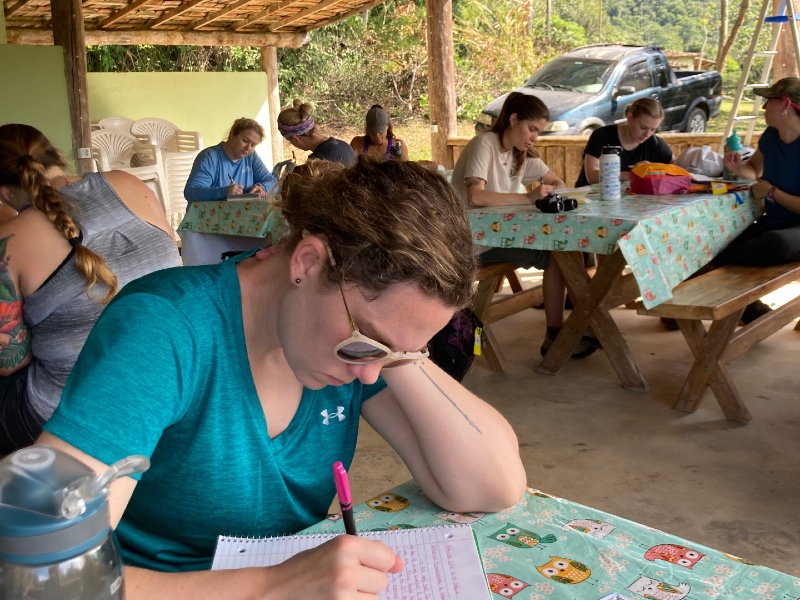







Inside Earth Expeditions
Recorded October 16, 2024, covering Baja, Belize, Brazil.
Want to know more about Dragonfly's global+web-based Earth Expeditions courses? Please view a recording from one of our 2024-25 Inside Earth Expeditions sessions, or join us next fall for an upcoming session, where we share the inside scoop on our EE course locations, partners, and activities. These sessions are perfect for current AIP and GFP students, prospective GFP students, and those interested in taking an EE as an individual course. Each session was led by an experienced member of our instructional team.
Questions?
Check out another EE!

Amazon: Avian & Tropical Ecology

Australia: Great Barrier Reef

The Bahamas: Cultivating Conservation Networks
Snorkel in biodiverse marine protected areas, explore unique national parks, and gain an understanding of community-driven initiatives by talking directly with local experts at the forefront of conservation.

Baja: Field Methods
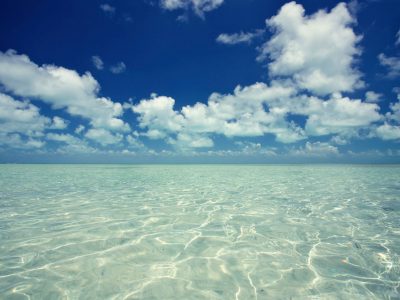
Belize: Approaches to Environmental Stewardship

Borneo: Primate Conservation
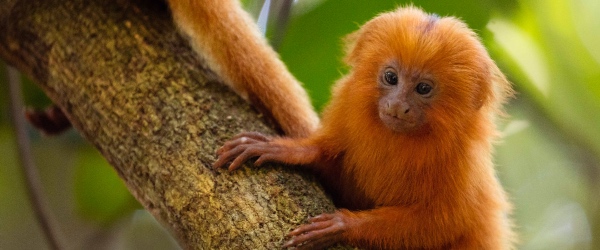
Brazil: Saving Golden Lion Tamarins

Costa Rica: Ecology & Ecotourism

Galápagos: Islands of Change

Guyana: Local Wisdom & Conservation
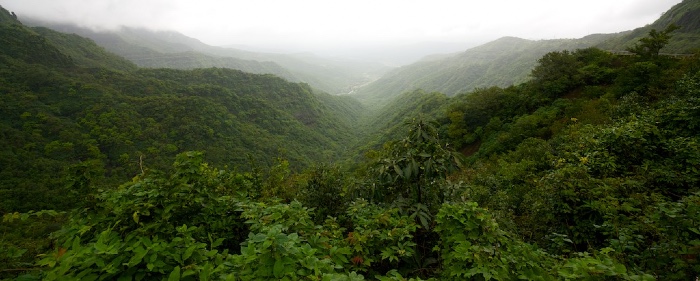
India: Species, Deities & Communities
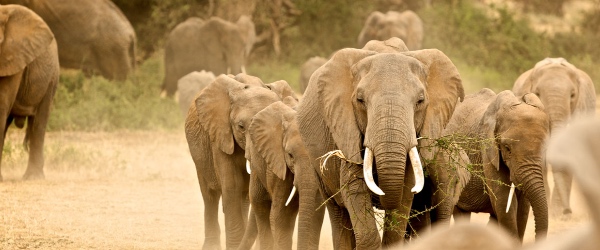
Kenya: Wildlife & People in Integrated Landscapes

Mongolia: Steppe Ecology & Civic Media

Namibia: Great Cat Conservation

Paraguay: Eco-Leadership

Thailand: Buddhism & Conservation

FAQs


